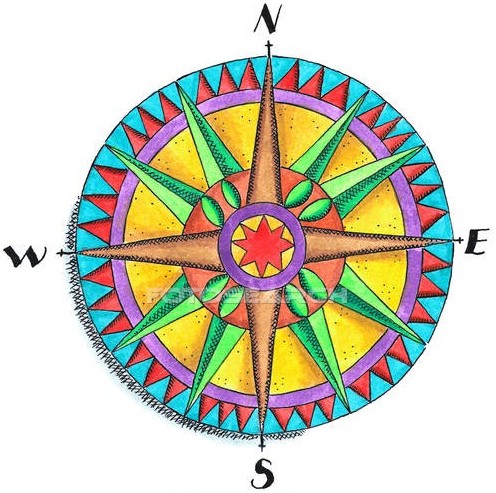
England
& Wales Hardwicke Marriage Index
Marriages
1754 - 1837
Cudham St Peter & St Paul
 |
England
& Wales Hardwicke Marriage Index |
The ParishThe parish of Cudham lies in the extreme west of Kent forming a lengthy stretch of the county's border with neighbouring Surrey. Cudham is located roughly 7 miles south of the London suburb of Bromley and sits a little over 2 miles east of the A233 which links Bromley through to Westerham and the A25. Cudham's early history is of a more important settlement than today, a market was granted here in the reign of Henry III but has long since terminated. Cudham is a rather linear village stretching for over a half mile along a lane running from north to south, in addition scattered hamlets and clusters of farms and cottages dot a heavily wooded landscape on rising ground approaching the top of the North Downs. Cudham village sits atop a steep defile into a dry valley which would have been formed in peri-glacial times. Early gazetteers report poor and flint-rich soils in the area which lead to over 20% of the extensive parish acreage being devoted to woodland management with extensive coppicing and production of hurdles, posts and rails. Farming was largely the usual southern mixture of arable with a rotational element of pasture. In World War II this was a centre for the air-defence of Britain with Biggin Hill located less than 2 miles to Cudham's west. Surface drainage in the area is rare until the valley emerges into Orpington as the River Cray which heads for the outer Thames Estuary reaching that at Crayford Ness to the east of Erith. Cudham sits on high ground between 170 & 180 metres above the sea and some 70 metres above the valley bottom immediately to its west, the North Downs chalk escarpment, followed by the North Downs Way National Trail, tops out at 237 metres to the southeast at nearby Knockholt. As already mentioned Cudham parish was extensive as are many in western Kent, it covered an area of around 5.100 acres and would have supported a population of close to 750 parishioners. In Domesday times Cudham was a settlement held by the prolific Bishop Odo of Bayeux, its assets of 10 ploughs the woodland, that is still present, and 2 mills made it a wealthy mid-sized rural settlement. |
 |
|
|

|
| Register No | Covering Dates | Deposited With | Register Style | Quality Standard | Comments |
| 1 | November 1754 - 14th May 1788 | Bromley Archives - Reference - P107/1/7 | Standard preprinted and self-numbered Marriage register with 4 entries per page | Grade 4 Register - there are notable quality issues with this register which may have resulted in many misreads | A damaged register with some data lost, a chaotic order and at times poor handwriting. Sadly there are no contemporaneous BTs to improve matters . |
| 2 | 21st June 1789 - 4th February 1793 | Bromley Archives - Reference - P107/1/8 | Plain, unruled book containing combined Banns & Marriages | Grade 2 Register - not a perfect read but with a low likelihood of
misreads |
None |
| 3 | 1st May 1793 - 16th May 1812 | Bromley Archives - Reference - P107/1/9 | Standard preprinted and self-numbered Marriage register with 4 entries per page | Grade 2 Register - not a perfect read but with a low likelihood of misreads | None |
| 4 | 1st July 1813 - 31st May 1837 | Bromley Archives - Reference - P107/1/10 | Standard Rose style preprinted and prenumbered Marriage register | Grade 3 Register - there are sufficient quality issues with this
register to indicate that some misreads will occur albeit few in
number |
Poor handwriting through this register may lead a few misreads |
|
Keston
Downe St Mary the Virgin |
Farnborough
St Giles the Abbot
Chelsfield St Martin of Tours |
|
 |
||
|
Brasted
St Martin
|
1760 1770 1780 1790 1800 1810 1820 1830
Corrections to Tinstaafl Transcripts